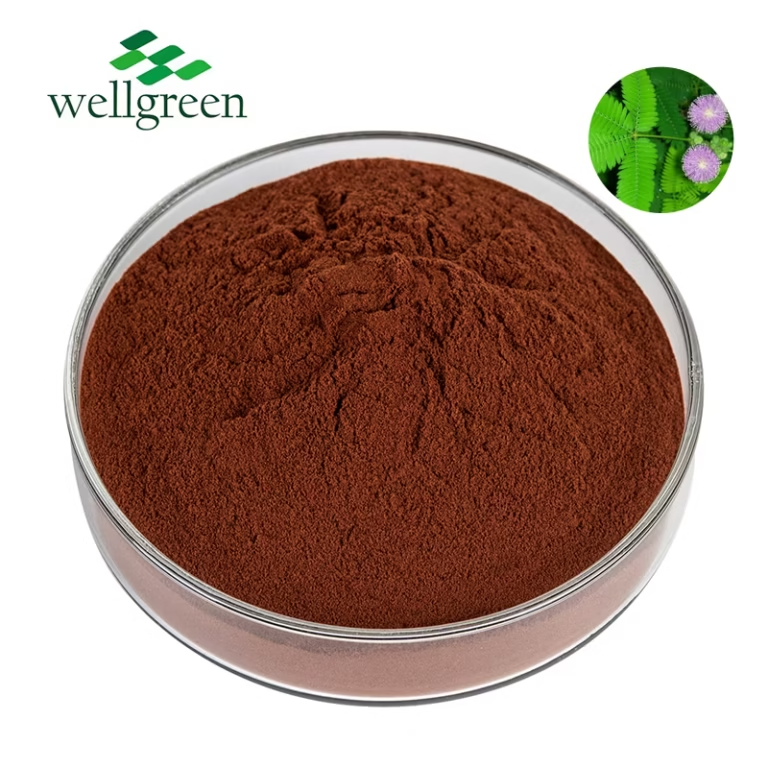Mimosa Hostilis: A Sacred Plant for Indigenous Cultures
Wiki Article

Mimosa hostilis is a venerable plant deeply ingrained in the traditions of various Indigenous cultures across South America. For centuries, it has been employed by indigenous communities for its diverse spiritual and medicinal properties. The root bark, known as kahie, is particularly revered for its entheogenic effects, believed to unveil profound experiences that facilitate growth.
Through rituals, the plant spirit of Mimosa hostilis is invoked, guiding individuals on a path of self-discovery and reconciliation with their inner selves. The knowledge surrounding this sacred plant has been shared through generations, preserving the rich cultural heritage and insights of these communities.
MHRB Extract: Unveiling the Secrets of Mimosa Hostilis
Mimosa hostilis, a tropical plant indigenous to the Amazon Basin, has captured the attention of both traditional healers for centuries. This fascinating species harbors within its roots a potent substance known as MHRB, which has gained significant recognition in recent times.
MHRB extract is celebrated for its benefits, often associated with spiritual exploration. Traditional knowledge suggest a long history of MHRB use in ceremonial rituals.
- Experts continue to study the chemical constituents of MHRB, seeking to uncover its full depth of effects.
- The nuances surrounding MHRB usage require caution. It is crucial to engage the expertise of knowledgeable individuals before exploring any practices involving this powerful extract.
Exploring the Ethnobotanical Uses of Mimosa tenuiflora
Mimosa tenuiflorae, commonly acknowledged as "the acacia", holds a significant position within the ethnobotany literature of diverse tribes. Its multifaceted properties have been harnessed for centuries in ancestral medicinal practices, as well as in sacred ceremonies. The roots of this remarkable plant possess a rich repertoire of bioactive chemicals believed to exhibit medicinal effects.
From treating ailments like inflammation to boosting spiritual insight, Mimosa tenuiflora has long been respected for its profound effect on human life.
Mimosa Hostilis Root Bark Chemistry and Pharmacology
Mimosa hostilis root bark has a complex chemical profile, primarily known for its high concentrations of alkaloids. Among these, dimethyltryptamine (copyright) and harmaline are particularly relevant. These compounds possess a range of pharmacological effects, including mind-altering effects. The bark contains various alkaloids, including norharmane, which may contribute to its comprehensive pharmacological profile.
The traditional uses of Mimosa hostilis root bark span a spectrum of healing purposes, particularly in traditional societies. However, it is crucial to acknowledge that scientific research on the effectiveness of these uses remains restricted.
Unlocking the Power of copyright with Mimosa Hostilis
Mimosa hostilis, a tree native to South America, has captured the fascination of researchers and individuals alike for its potent compounds, particularly dimethyltryptamine, or copyright. copyright is a powerful psychoactive substance known for producing intense visuals. By consuming the bark of Mimosa hostilis, one can access the realms of copyright-induced experiences. It is crucial to remember that copyright is a potent substance and should be treated with reverence.
- Ethical use is paramount, and consulting from experienced individuals or knowledgeable sources is highly advised.
- The pathway of copyright can be both rewarding but also potentially challenging. It is crucial to prepare both mentally and physically for the outcomes that may arise.
copyright from Mimosa hostilis offers a unique opportunity to explore the depths of consciousness, potentially leading to personal growth and understanding.
Ethical considerations Using Mimosa Hostilis
The utilization of Mimosa hostilis for personal purposes raises a myriad of ethical questions. While some argue that its cultural significance warrants respect and tolerance, others oppose its use due to potential negative consequences. It's crucial to approach this complex issue with sensitivity, taking into account the social contexts and potential risks. A balanced perspective is essential for navigating the ethical landscape surrounding Mimosa hostilis.
Growing Mimosa Hostilis: A Guide for Growers
Embarking on the check here journey of cultivating Mimosa Hostilis can be a gratifying experience for the dedicated grower. This fascinating plant, native to tropical regions of the Americas, has gained significant attention in recent years due to its unique properties. Prior to your cultivation quest, it is crucial to comprehend the specific requirements this plant demands to thrive.
- Guaranteeing adequate sunlight is paramount for healthy Mimosa Hostilis growth. These plants flourish in unfiltered sunlight, ideally receiving a minimum of six hours per day.
- Maintaining well-drained soil is essential to prevent root rot, a common problem that can devastate your plants. A mixture of clayey soil with decomposed matter is suitable.
- Regular watering is necessary, but be mindful not to overwater your Mimosa Hostilis. Allow the top inch of soil to dry before providing another moistening.
The Shamanic Traditions Surrounding Mimosa Hostilis
Deep within the timeless forests of South America, the spiritplants of healing have been honored for generations. Among these enchanting allies is Mimosa Hostilis, a humble plant revered by the shamanspiritual traditions of indigenoustribes. It contains within its bark a river of power, guiding seekers on their journeys into the otherworld.
The traditionalpractitioners understand that Mimosa Hostilis is not simply a plant; it is a portal between dimensions, connecting us to the ancient energies that flowaround all of creation.
Navigating Legal Issues with Mimosa Hostilis
The legal status of mimosa hostilis differs significantly from one country to another. That means that the acceptability of possessing, using, or cultivating this plant revolves around your particular area.
Furthermore, laws and regulations concerning mimosa hostilis are constantly changing. It is therefore essential that you carefully research the current legal framework in your region.
- Seeking advice from a legal professional who specializes in cannabis laws is highly recommended.
- Remaining informed about any amendments to the law can help you stay clear of any potential legal difficulties.
Mimosa Hostilis and Spiritual Exploration: A Journey Inward seeking
The ancient wisdom whispered through the rustling leaves of Mimosa Hostilis calls to seekers on a mystical quest. Venturing upon this path is to awaken hidden dimensions within, where the veil between worlds thinns. It's a powerful experience that guides the soul, revealing truths dormant beneath the surface. As you merge with the essence of this sacred plant, be prepared for revelations that challenge your perception.
- Embrace the unknown with an open heart and a eager mind.
- Surrender all expectations and allow yourself to be carried by the flow.
- Remember, this is a quest of self-discovery. Trust in your own wisdom.
The wisdom gained through Mimosa Hostilis echoes long after the experience has ended. It is a blessing that can alter your life in profound and eternal ways.
Understanding the Dangers and Benefits of Mimosa Hostilis
Mimosa hostilis is a plant native to South America, gaining increasing attention for its potential pharmacological properties. While it contains valuable compounds like copyright, responsible for its psychoactive effects, it's crucial to approach this plant with respect. Understanding both the hazards and the advantages of Mimosa hostilis is essential for safe and informed use. Potential negative consequences can include unpredictable behavior, emphasizing the need for thorough research, responsible consumption, and a controlled environment.
- It's important to consult with a healthcare professional before using Mimosa hostilis or any products derived from it.
- Proper dosage is crucial to minimize potential risks.
- Be aware of the legal status surrounding Mimosa hostilis in your locality.
- Always prioritize safety and well-being when exploring the use of this plant.
 Report this wiki page
Report this wiki page